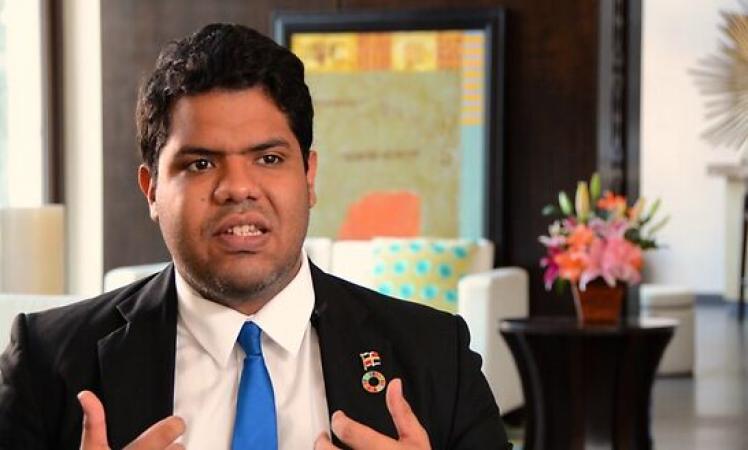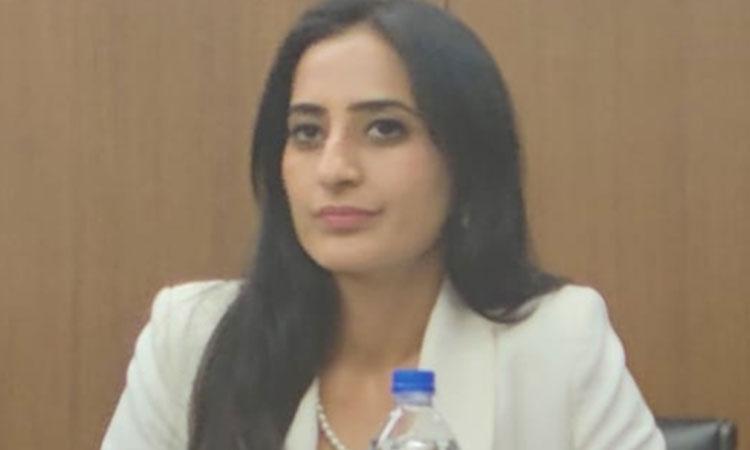In a techno friendly world, people aim at becoming hitech and Rainier Mallol is one of those social entrepreneurs who invested in technology to make a better future. 30-year-old Rainier Mallol is the founder and the President of AIME, Artificial Intelligence in Medical Epidemiology. AIME has developed a tool to predict major disease outbreaks by using the modern technique of artificial intelligence and data analysis.
Rainier Mallol founded AIME during his graduate studies programme at NASA Singularity University, with the ambition of pioneering the use of AI in infectious disease surveillance. He has a strong professional background in telematics, computer engineering, and system management.
Dengue, Zika, and Chikungunya are the three mosquito-borne diseases that AIME is now focusing on. The method calculates a longer-term projection by evaluating past records and compares them to current outbreaks. This level of accuracy is light years ahead of any prior attempt to predict disease epidemics.
Rainier Mallol, born on 9 May 1991, spent his life in the Dominican Republic and the number one health issue which people consider there is Dengue. He revealed that every year at least 2.5 billion people are at the risk of contracting such mosquitoes borne diseases and 400 million often do. He also added that he had seen a sight where his brother and mother contracted the infection, which triggered his engineering skills and therefore founder AIME.
AIME, a finalist in Forbes' Top 40 World Changers of 2015, has an 86.37 percent predictive model accuracy in predicting where the next likely pandemic will occur. AIME has developed a platform that uses epidemiology, big data analytics, and artificial intelligence to anticipate the timing and location of infectious disease epidemics. The application can be used to deliver useful information to public health officials, perhaps saving time and lives. Malaysia, Brazil, and the Philippines have all completed successful pilot projects to date.
The 2016 Olympic Games in Rio de Janeiro is remembered for a variety of reasons, including the fact that they were endangered by Zika, a virus spread by mosquito bites. The World Health Organization released a statement regarding the dangers that athletes could face and what precautions they should take. There was no method to forecast where the next epidemic of the disease would come from at the time, but there is now. Rainier Mallol, who was named one of the Innovators Under 35 Latin America 2017 winners for this breakthrough by the MIT Technology Review, Spanish edition, has accomplished this.
Due to his commendable contributions in the field of health infrastructure, he was awarded with notable awards such as MIT Innovator Under 35 (2017), Harvard Most Impact Innovator (2017), World Economic Forum – Global Shaper (2015), United Nations Young Leader for SDG (2018) and has also been an Innovation Advisor to the Office of the President of Dominican Republic.


















